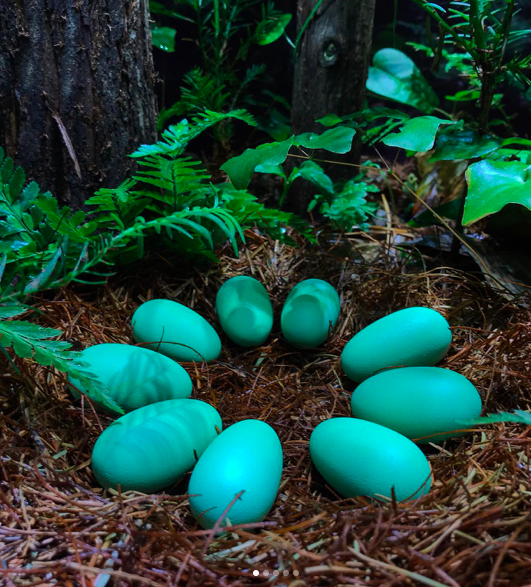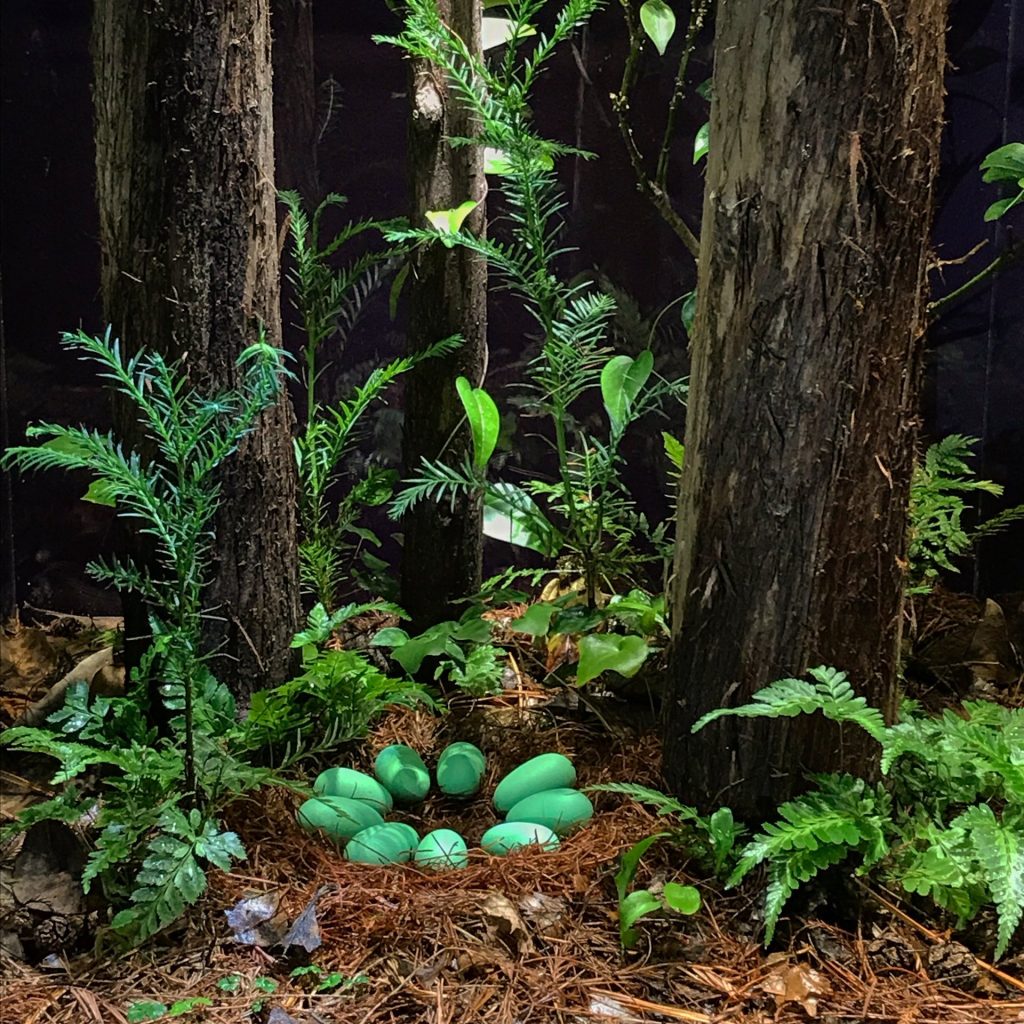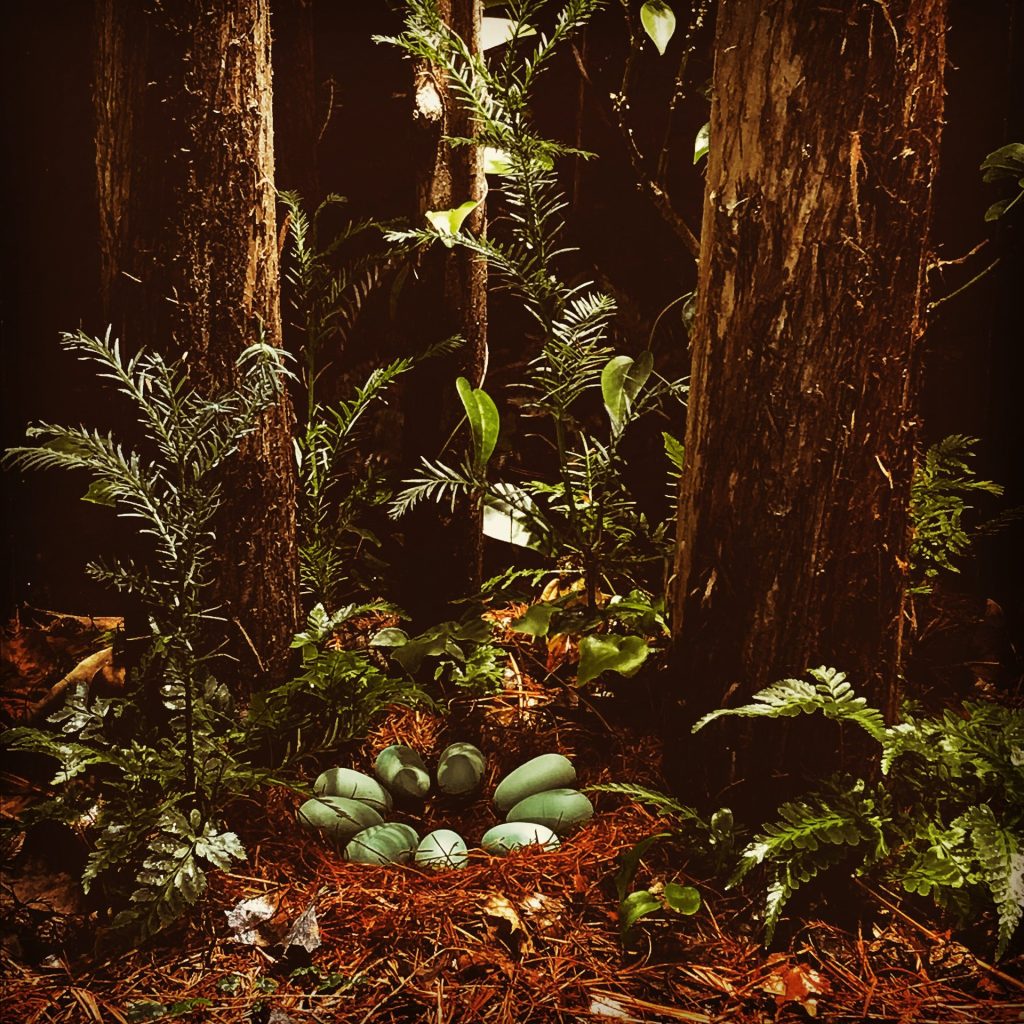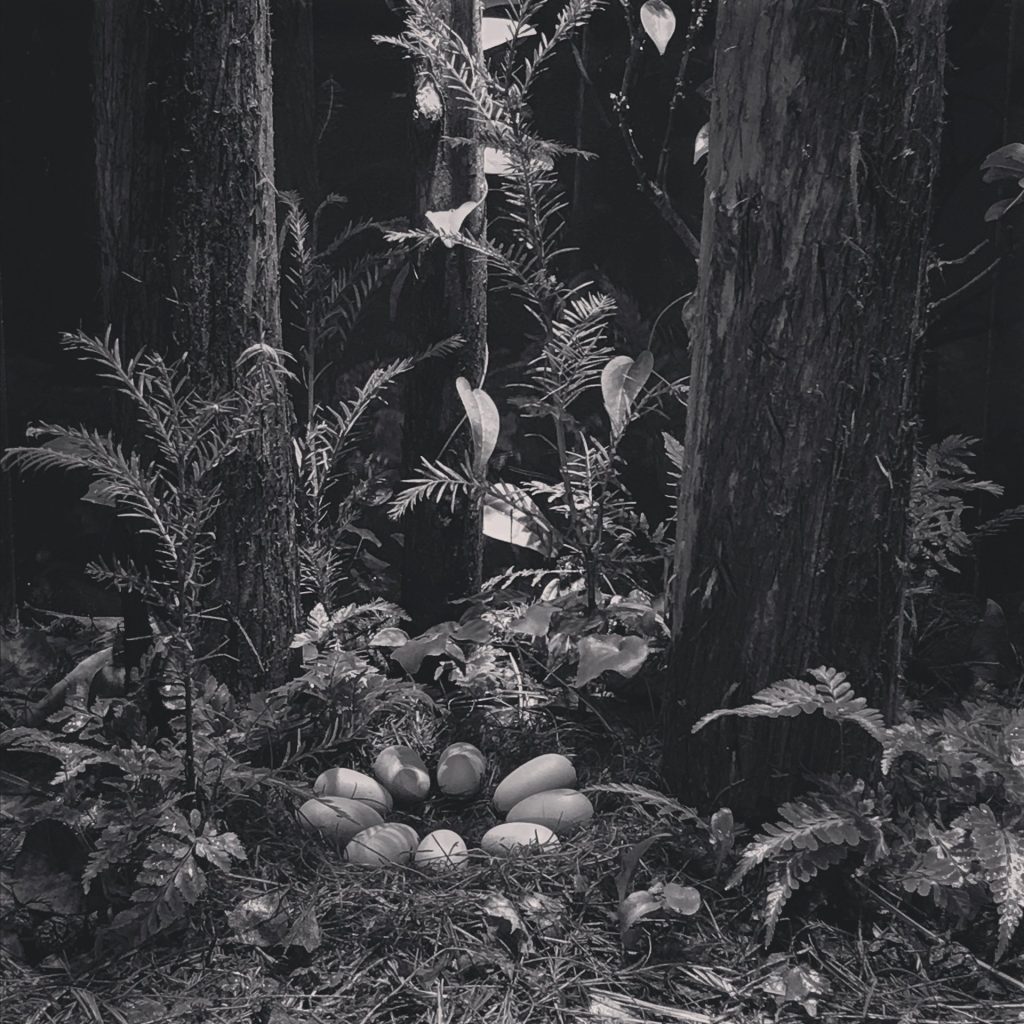Few traces of the prehistoric world capture the imagination like fossilized Dinosaur bones. While the history of life on Earth extends to more than 4 billion years ago, it was during the relatively recent Mesozoic Era (251.9 to 66.0 million years ago) that the Dinosaurs evolved with their fantastic variety of reptilian forms and sometimes colossal proportions. In life, the largest Dinosaurs must have been imposing sights to see, and they currently attract the most research attention. But study of smaller species may inform additional palaeocology insights.
The smallest known non-avian dinosaurs are a few related species in Genus Microraptor, four-winged dromaeosaurids described from fossils unearthed in Northern China. These very little creatures were only about 2.2 pounds (1 kilogram) in size and probably arboreal. While fossil beds in China and Mongolia, among other localities, have yielded numerous other small dinosaurs, until recently North American species skewed larger in size with few smaller than about 50 pounds (23 killograms). This status changed with the 2009 description of Hesperonychus elizabethae. Fossils of this animal, collected in 1982, are fragmentary, with only a partial hip bone and a few toe bones, but they were determined to have come from fully-grown individuals, rather than hatchlings or juveniles, and indicated an adult size of only about 4.2 pounds (1.9 kilograms). With a localities in the Oldman Formation and Dinosaur Park Foundation, H. elizabethe fossils are dated to about 75 million years ago in the Campanian Stage of the Late Cretaceous Epoch.
This project was built as a speculative Hesperonychus elizabethae habitat in a roomy (24″ X 24″ X 32″ [61cm X 61cm X 81cm]) glass enclosure combining live terrarium plants with diorama elements. Plant selections are intended to represent the species diversity of a Cretaceous forest with Coast Redwood (Sequoia sempervirens) saplings, Ferns (Pteridophyta) and early-diverging flowering plants (Angiosperms). While it can attain enormous proportions, Coast Redwood adapts well as a terrarium plant. It requires only moderate lighting and, unlike many other conifers, responds well to pruning.

Northern White Cedar (Thuja occidentalis) trunk pieces on sturdy plastic bases recreate the stems of towering ancient Redwoods, while a natural conifer leaf litter completes the forest scene. Oval-shaped Hesperonychus elizabethae eggs, arranged in a characteristic Theropod ring shape on a low mound, were first built as 3D models, then turned as smooth shapes on a wood lathe. A 2-part flexible silicone mold was poured around these to subsequently cast numerous additional copies in hard epoxy. Sanded smooth and with a finish of light mint green paint, the speculative replica eggs seem to create a convincing effect. There are no known fossilized H. elizabethae eggs, but based on fossil nest remains of related Dinosaur taxa and comparison with the eggs of modern birds, I designed the egg shape to have about 1 cubic inch of volume. This is about 1/2 of the volume of an egg from a bird, such as a small Chicken, having the same size as H. elizabethae.



